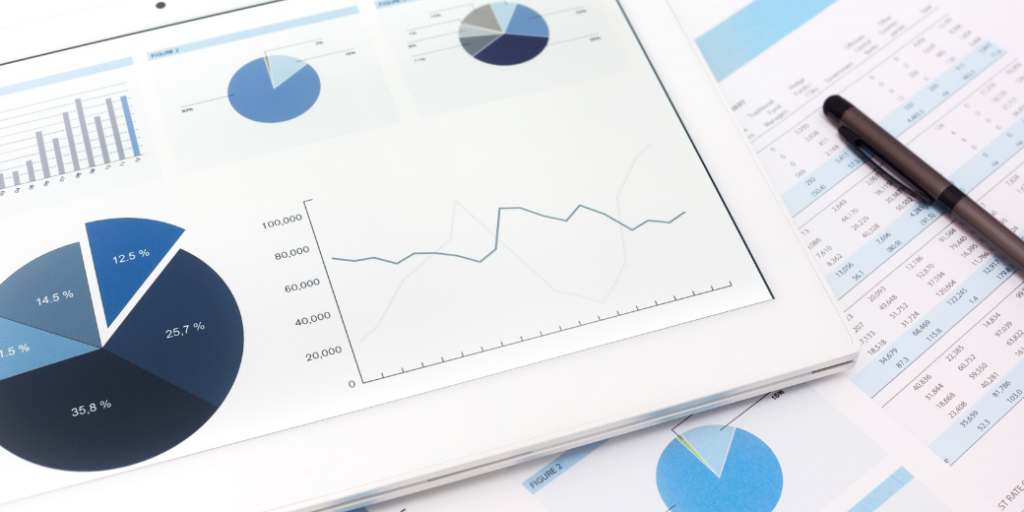Resource Center
Enhancing Deal Sourcing with Data in Southeast Asia

Summary
Leverage data analytics to drive smarter investment decisions in Southeast Asia’s evolving private equity and M&A markets.
Investment decisions, particularly in private equity (PE), mergers and acquisitions (M&A), and investment banking, have always been based on extensive due diligence and strategic evaluation. However, with the growing complexity of financial markets and the proliferation of technology, data has become the cornerstone of modern deal sourcing. In Southeast Asia—a region experiencing rapid economic transformation and digital adoption—investors must leverage data-driven insights to stay ahead of the competition.
M&A dealmakers increasingly rely on data analytics to enhance their decision-making capabilities. The sheer volume of data available today enables investors to gain deeper insights into potential deals, refine target screening criteria, and develop predictive models that optimize investment strategies.
Additionally, the rise of alternative data sources and artificial intelligence (AI) in investment processes is revolutionizing traditional methods. Investors now use AI-powered algorithms to analyze large datasets, detect market trends, and make more informed decisions at unprecedented speeds. This article explores how data plays a crucial role in investment decision-making by improving deal sourcing, target screening, evaluation, and post-investment monitoring.
How Data and AI Power Smarter Deal Sourcing
Deal sourcing—identifying and evaluating potential investment opportunities—is a fundamental step in the investment lifecycle. While traditional methods like tapping into personal networks or attending industry events remain relevant, investors today rely heavily on data and AI to enhance the efficiency, scale, and accuracy of their sourcing strategies.
- Personal Networks – Referrals from peers, entrepreneurs, and intermediaries still matter. Now, relationship intelligence tools help map and quantify these networks, revealing under-the-radar opportunities.
- Online Platforms – Databases such as Crunchbase, PitchBook, and LinkedIn offer structured insights into startups, funding activity, M&A trends, and more.
- Events and Competitions – Conferences, pitch days, and hackathons provide real-time exposure to emerging businesses and innovations.
- Content and Media – News outlets, blogs, podcasts, and social media reveal sector trends and startup movements that may signal early-stage potential.
- Alternative Data – Web traffic, app usage, patent filings, regulatory updates, and even satellite imagery deliver unconventional but powerful signals about company health and industry momentum.
- Proprietary Tools – Many firms use internal databases and CRM systems to manage pipelines, track interactions, and automate follow-ups for more systematic deal cultivation.
- Regional Economic Data – Macroeconomic indicators like GDP growth, infrastructure projects, and inflation trends are critical for understanding sector dynamics in Southeast Asia and beyond.
Target Screening: Key Data for Investors
Once a potential deal is identified, the next step is screening companies based on predefined investment criteria. This process determines whether a target is worth further evaluation. Effective target screening requires the following types of data.
| Company Data: Core Metrics for Target Evaluation
Company data is foundational in this evaluation. Investors scrutinise financial performance metrics such as revenue growth, profitability, cash flow, and debt levels to assess the company’s fiscal health. Understanding the ownership structure is crucial, as it reveals shareholder composition and potential influences on corporate decisions. The caliber of the management team—evaluated through their experience, track record, and credibility—plays a pivotal role in forecasting the company’s future trajectory. Additionally, assets like intellectual property, proprietary technologies, and unique business models are examined for their contribution to competitive advantage. Operational aspects, including supply chain efficiency and scalability, are also assessed to identify potential risks and growth opportunities. Increasingly, Environmental, Social, and Governance (ESG) metrics are integrated into this analysis, reflecting a growing emphasis on sustainable and ethical business practices.
| Deal Data: Understanding Market Context and Valuations
Deal data is analysed to contextualise the investment within the market landscape. This includes reviewing the target company’s history of mergers, acquisitions, and fundraising activities to benchmark valuations and understand investor interest. Evaluating exit potential through historical sector-specific exit trends helps estimate possible returns. Comparing similar transactions aids in determining fair valuations and setting performance expectations. A thorough assessment of legal and regulatory compliance records is essential to uncover any past or potential issues that could pose liabilities. Understanding sector-specific risks, such as regulatory changes in fintech or supply chain vulnerabilities in manufacturing, is critical for a well-rounded risk assessment.
| Industry Insights: Evaluating Market Trends and Fit
Provides the macroeconomic backdrop against which the target operates. Analysing market trends and growth rates offers perspective on the industry’s future prospects. Staying informed about the regulatory environment, including policy changes and government incentives, is vital for assessing potential impacts on the investment’s viability. A deep dive into the competitive landscape reveals the company’s market positioning and potential challenges. Understanding consumer behavior and demand shifts, especially in diverse regions like Southeast Asia, is essential for evaluating market fit and growth potential. Many investors now employ AI-driven forecasting models to predict market trends and assess business longevity, enhancing the precision of their evaluations.
Data-Driven Investment Evaluation and Post-Investment Monitoring
After screening, investment firms proceed to evaluate shortlisted targets in greater depth. This involves conducting financial modeling, valuation analysis, and risk assessment—all of which are heavily dependent on data. Key evaluation techniques include:
- Valuation Multiples Benchmarking – Using historical deal data, investors compare valuation multiples (e.g., EV/EBITDA, P/E ratios) to assess whether a deal is attractive relative to industry norms.
- Due Diligence Analytics – Data-powered due diligence tools streamline financial, legal, and operational reviews, identifying risks and synergies early in the process.
- Capital Flow Tracking – Platforms that map capital flows provide visibility into investor sentiment and strategic interests, helping firms anticipate emerging trends.
- Predictive Modeling & Machine Learning – AI-driven models assess probabilities of success based on historical deal outcomes and market movements, enhancing decision-making accuracy.
- Scenario Analysis & Stress Testing – Investors use data models to simulate different economic and market scenarios to assess how a potential investment would perform under various conditions.
- Portfolio Performance Analytics – Data continues to play a role after an investment is made. Continuous tracking of key performance indicators (KPIs), market conditions, and competitive movements ensures that investors can intervene if necessary and optimize their portfolio performance.
- Advanced M&A Analytics – Modern dealmakers are integrating more sophisticated tools to automate the screening process, perform in-depth financial analysis, and continuously assess value realisation post-deal.
- Real-Time Market Intelligence – Using AI-powered data feeds, investors can monitor changing trends, news, and economic shifts that impact their portfolio.
Streamline Deal Sourcing in Southeast Asia with Speeda
In Southeast Asia’s dynamic investment landscape, data is the key to making informed, strategic decisions. Speeda empowers investors with the most extensive coverage of private company data, industry reports, M&A insights, and an expert network—all in one platform. Streamline your deal sourcing, enhance target screening, and stay ahead of market trends with Speeda’s comprehensive intelligence.
Start your free trial. Accelerate your investment research with Speeda today.



























